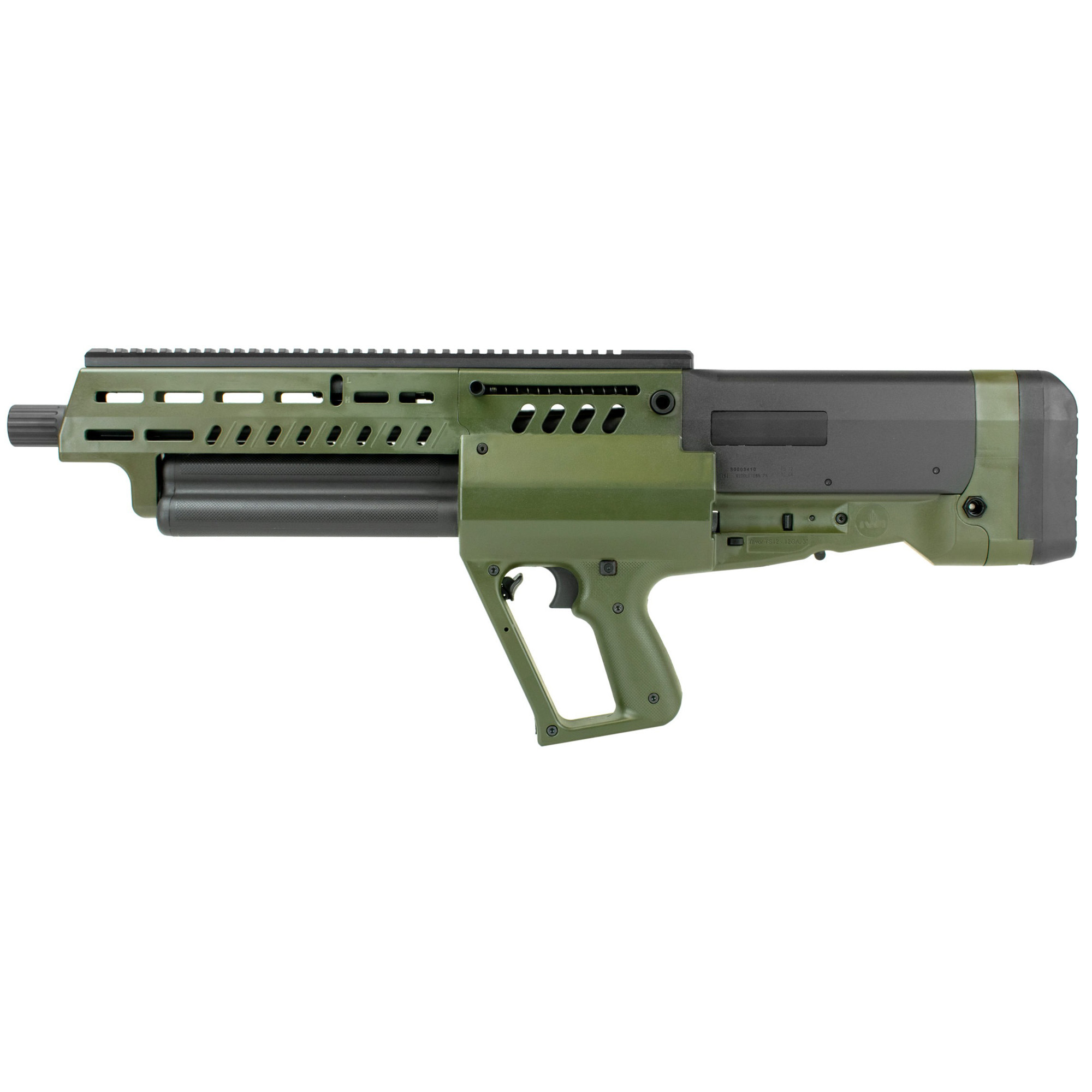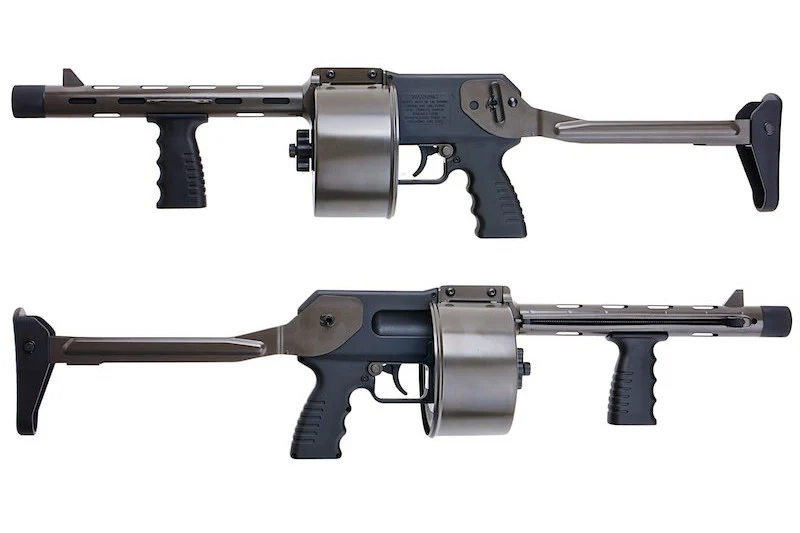Category
- Uncategorized
- 10MM Ammo
- 12 Gauge
- 16 Gauge
- 17 Hornady Magnum Rimfire (HMR)
- 17 Winchester Super Magnum
- 22 Winchester Magnum Rimfire (WMR)
- 223 Ammo
- 243 Winchester Ammo
- 257 Roberts ammo
- 28 GAUGE
- 357 MAGNUM
- 357 SIG AMMO
- 380 ACP Ammo
- 44 MAGNUM Ammo
- 45 ACP AMMO
- 45 Long Colt Ammo
- 5.56 Ammo
- 5.56x45mm NATO
- 5.7X28 AMMO
- 6.5 Creedmoor
- 9mm Ammo
- Accessories
- Ammunition
- Black Hills Ammunition
- Bulk 10mm Auto Ammo
- Bulk 12 Gauge Ammo
- Bulk 17 HMR Ammo
- Bulk 20 Gauge Ammo
- Bulk 22 Long Rifle Ammo
- Bulk 22 Short Ammo
- Bulk 22 WMR Ammo
- Bulk 223 / 5.56 AR-15 Ammo
- Bulk 243 Ammo
- Bulk 25 ACP Ammo
- Bulk 270 Ammo
- Bulk 30-06 Ammo
- Bulk 30-30 Ammo
- Bulk 300 AAC Blackout Ammo
- Bulk 300 Win Mag Ammo
- Bulk 308 Ammo
- Bulk 32 Auto Ammo
- Bulk 338 Lapua Mag Ammo
- Bulk 338 Norma Mag Ammo
- Bulk 350 Legend Ammo
- Bulk 357 Magnum Ammo
- Bulk 357 SIG Ammo
- Bulk 38 Special Ammo
- Bulk 38 Super Ammo
- Bulk 380 ACP Ammo
- Bulk 40 SW Ammo
- Bulk 44 Mag Ammo
- Bulk 44 S&W Special Ammo
- Bulk 44-40 Win Ammo
- Bulk 45 ACP Ammo
- Bulk 45 Colt Ammo
- Bulk 45-70 Govt Ammo
- Bulk 5.7x28mm Ammo
- Bulk 50 AE Ammo
- Bulk 50 BMG Ammo
- Bulk 6.5 Creedmoor Ammo
- Bulk 6.5 Grendel Ammo
- Bulk 6.8 Rem SPC Ammo
- Bulk 6mm Creedmoor Ammo
- Bulk 7.62x38mm Ammo
- Bulk 7.62x39mm Ammo
- Bulk 7.62x54r Ammo
- Bulk 9mm Ammo
- Bulk Handgun Ammo
- Bulk Rifle Ammo
- Bulk Rimfire
- Bulk Shotgun Ammo
- CLASSIC SERIES
- DARK SERIES
- Federal Ammunition
- Firearms
- Gift Cards
- Glocks
- GUIDE GUN SERIES
- Hand Gun Pistol
- Hornady Ammunition
- Lever Action Rifle
- Memberships
- PERCUSSION CAPS & PRIMERS
- PMC Ammunition
- Rifle Ammo
- Rifle Ammunition
- Rimfire Ammo
- SBL SERIES
- ShotGun
- Shotgun Ammo
- TRAPPER SERIES
- Winchester Ammunition
Recent Comments
Hot Products
-
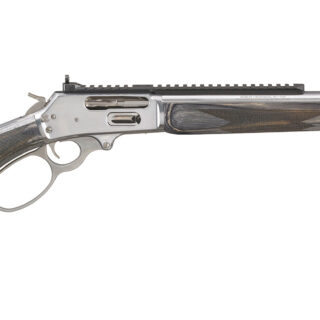 MARLIN MODEL 1895 SBL SERIES .45-70 Govt Rifle
$1,249.00
MARLIN MODEL 1895 SBL SERIES .45-70 Govt Rifle
$1,249.00
-
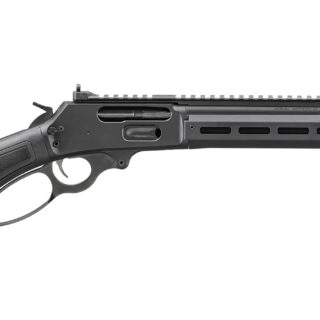 Marlin Dark Series 1895 .45-70 Govt Lever-Action Rifle
$1,149.00
Marlin Dark Series 1895 .45-70 Govt Lever-Action Rifle
$1,149.00
-
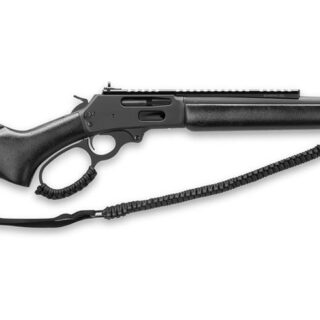 Marlin Dark Series 336 30-30 Win Lever-Action Rifle
$1,049.00
Marlin Dark Series 336 30-30 Win Lever-Action Rifle
$1,049.00
-
 Marlin 1894 Dark 44 Special / 44 Mag Lever-Action Rifle
$1,099.00
Marlin 1894 Dark 44 Special / 44 Mag Lever-Action Rifle
$1,099.00
-
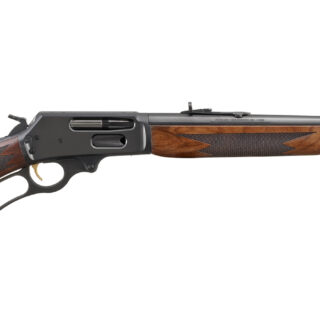 MARLIN MODEL 336 30-30 Win CLASSIC SERIES
$1,039.00
MARLIN MODEL 336 30-30 Win CLASSIC SERIES
$1,039.00
Tag Cloud
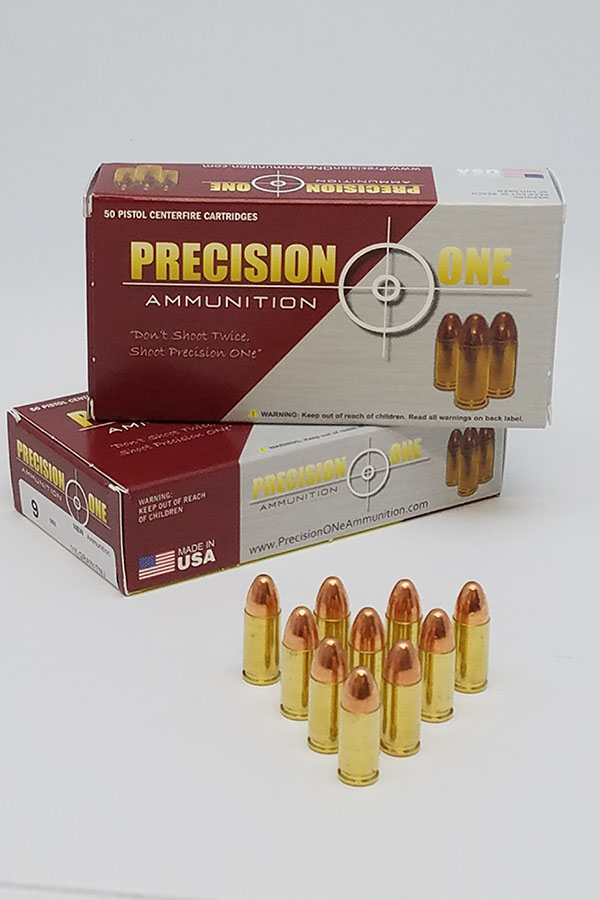
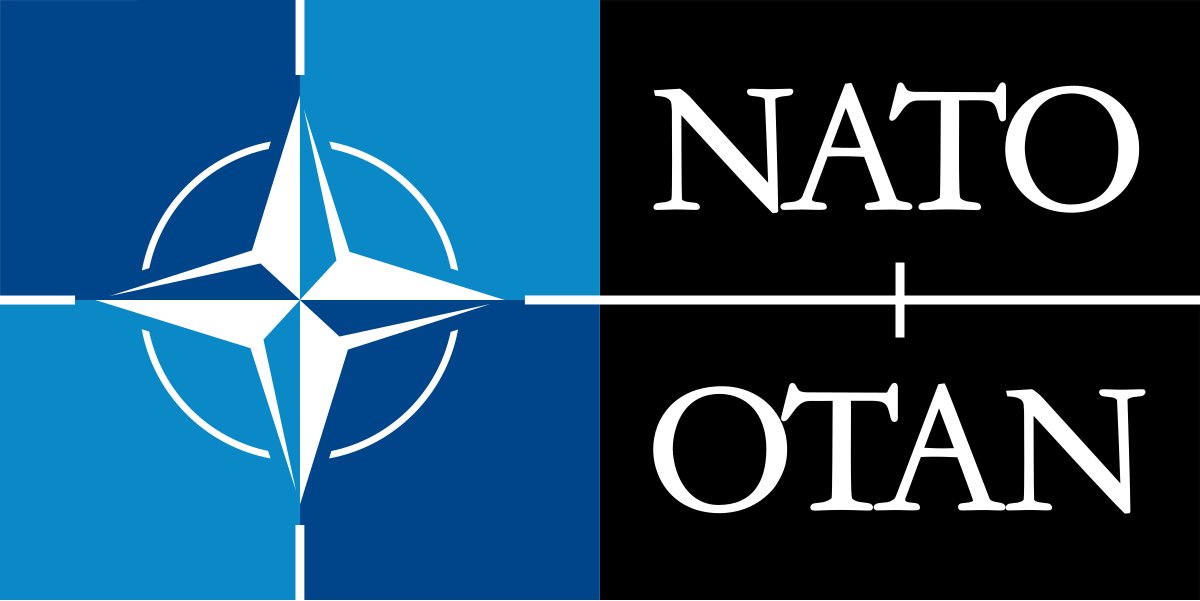
OTAN” redirects here. For other uses, see NATO (disambiguation) and OTAN (disambiguation).
| Organisation du traité de l’Atlantique nord | |
| Logo | |
| Flag | |
| Show globeShow EuropeShow allMember states shown in dark green | |
| Abbreviation | NATOOTAN |
|---|---|
| Formation | 4 April 1949 (76 years ago) |
| Type | Military alliance |
| Headquarters | Brussels, Belgium |
| Membership | show32 states |
| Official languages | EnglishFrench[1][2] |
| Secretary General | Mark Rutte[3] |
| Chair of the NATO Military Committee | Giuseppe Cavo Dragone |
| Supreme Allied Commander Europe | Alexus Grynkewich |
| Supreme Allied Commander Transformation | Pierre Vandier |
| Expenses | Total: US$1.474 trillion Excluding the US: US$507 billion[4] (2024) |
| Website | nato.int |
| Anthem: “The NATO Hymn“Motto: “Animus in consulendo liber“ | |
The North Atlantic Treaty Organization (NATO /ˈneɪtoʊ/ NAY-toh; French: Organisation du traité de l’Atlantique nord, OTAN), also called the North Atlantic Alliance, is an intergovernmental military alliance between 32 member states—30 in Europe and 2 in North America. Founded in the aftermath of World War II, NATO was established with the signing of the North Atlantic Treaty in 1949. The organization serves as a system of collective security, whereby its independent member states agree to mutual defence in response to an attack by any external party. This is enshrined in Article 5 of the treaty, which states that an armed attack against one member shall be considered an attack against them all.
Throughout the Cold War, NATO’s primary purpose was to deter and counter the threat posed by the Soviet Union and its satellite states, which formed the rival Warsaw Pact in 1955. Following the dissolution of the Soviet Union in 1991, the alliance adapted, conducting its first major military interventions in Bosnia and Herzegovina (1992–1995) and Yugoslavia (1999). Article 5 was invoked for the first and only time after the September 11 attacks, leading to the deployment of NATO troops to Afghanistan as part of the International Security Assistance Force (ISAF). The alliance has since been involved in a range of roles, including in Iraq, in Libya in 2011, and to counter piracy.
Since the Cold War, the alliance has progressively enlarged, incorporating former Warsaw Pact countries and post-Soviet states. This eastward expansion has been a persistent source of tension with Russia, which views it as a threat to its security interests. The Russian annexation of Crimea in 2014 prompted strong condemnation from NATO and a renewed focus on collective defence. Russia’s full-scale invasion of Ukraine in 2022 led to a major reinforcement of NATO’s eastern flank and caused Finland and Sweden to abandon their policies of neutrality and join the alliance. Sixteen new members have joined NATO since 1990. The alliance currently recognizes Bosnia and Herzegovina, Georgia, and Ukraine as aspiring members.
NATO’s main headquarters are in Brussels, Belgium, while its military headquarters are near Mons, Belgium. The combined militaries of all NATO members include approximately 3.5 million soldiers and personnel. Their combined military spending constitutes over half of the global total. Members have committed to a target of spending at least 2% of their gross domestic product (GDP) on defence to ensure the alliance’s continued military readiness.
History
Main article: History of NATO
20th century
NATO has its roots in the Atlantic Charter, a 1941 agreement between the United States and United Kingdom. The Charter laid out a framework for international cooperation without territorial expansion after World War II.[5] On 4 March 1947, the Treaty of Dunkirk was signed by France and the United Kingdom during the aftermath of World War II and the start of the Cold War as a Treaty of Alliance and Mutual Assistance in the event of possible attacks by Germany. In March 1948, this alliance was expanded in the Treaty of Brussels to include the Benelux countries, forming the Brussels Treaty Organization, commonly known as the Western Union.[6] Talks for a wider military alliance, which could include North America, also began that month in the United States, where their foreign policy under the Truman Doctrine set out in 1947 promoted international solidarity against actions they saw as communist aggression, such as the February 1948 coup d’état in Czechoslovakia. These talks resulted in the signature of the North Atlantic Treaty on 4 April 1949 by the member states of the Western Union plus the United States, Canada, Portugal, Italy, Norway, Denmark, and Iceland.[7] Canadian diplomat Lester B. Pearson was a key author and drafter of the treaty.[8][9][10]

The North Atlantic Treaty was largely dormant until the Korean War initiated the establishment of NATO to implement it with an integrated military structure. This included the formation of Supreme Headquarters Allied Powers Europe (SHAPE) in 1951, which adopted many of the Western Union’s military structures and plans,[11] including their agreements on standardizing equipment and agreements on stationing foreign military forces in European countries. In 1952, the post of Secretary General of NATO was established as the organization’s chief civilian. That year also saw the first major NATO maritime exercises, Exercise Mainbrace and the accession of Greece and Turkey to the organization.[12][13] Following the London and Paris Conferences, West Germany was permitted to rearm militarily, as they joined NATO in May 1955, which was, in turn, a major factor in the creation of the Soviet-dominated Warsaw Pact, delineating the two opposing sides of the Cold War.[14]
The building of the Berlin Wall in 1961 marked a height in Cold War tensions, when 400,000 US troops were stationed in Europe.[15] Doubts over the strength of the relationship between the European states and the United States ebbed and flowed, along with doubts over the credibility of the NATO defence against a prospective Soviet invasion – doubts that led to the development of the independent French nuclear deterrent and the withdrawal of France from NATO’s military structure in 1966.[16][17] In 1982, the newly democratic Spain joined the alliance.[18]
The Revolutions of 1989 in Europe led to a strategic re-evaluation of NATO’s purpose, nature, tasks, and focus on the continent. In October 1990, East Germany became part of the Federal Republic of Germany and the alliance, and in November 1990, the alliance signed the Treaty on Conventional Armed Forces in Europe (CFE) in Paris with the Soviet Union. It mandated specific military reductions across the continent, which continued after the collapse of the Warsaw Pact in February 1991 and the dissolution of the Soviet Union that December, which removed the de facto main adversaries of NATO.[19] This began a drawdown of military spending and equipment in Europe. The CFE treaty allowed signatories to remove 52,000 pieces of conventional armaments in the following sixteen years,[20] and allowed military spending by NATO’s European members to decline by 28 percent from 1990 to 2015.[21] In 1990, several Western leaders gave assurances to Mikhail Gorbachev that NATO would not expand further east, as revealed by memoranda of private conversations.[22][23][24][25]

In the 1990s, the organization extended its activities into political and humanitarian situations that had not formerly been NATO concerns.[26] During the breakup of Yugoslavia, the organization conducted its first military interventions in Bosnia from 1992 to 1995 and later Yugoslavia in 1999.[27]
Politically, the organization sought better relations with the newly autonomous Central and Eastern European states, and diplomatic forums for regional cooperation between NATO and its neighbours were set up during this post-Cold War period, including the Partnership for Peace and the Mediterranean Dialogue initiative in 1994, the Euro-Atlantic Partnership Council in 1997, and the NATO–Russia Permanent Joint Council in 1998. At the 1999 Washington summit, Hungary, Poland, and the Czech Republic officially joined NATO, and the organization also issued new guidelines for membership with individualized “Membership Action Plans“. These plans governed the subsequent addition of new alliance members.[28]
21st century

Article 5 of the North Atlantic treaty, requiring member states to come to the aid of any member state subject to an armed attack, was invoked for the first and only time after the September 11 attacks,[29] after which troops were deployed to Afghanistan under the NATO-led ISAF. The organization has operated a range of additional roles since then, including sending trainers to Iraq, assisting in counter-piracy operations.[30]
The election of French president Nicolas Sarkozy in 2007 led to a major reform of France’s military position, culminating with the return to full membership on 4 April 2009, which also included France rejoining the NATO Military Command Structure, while maintaining an independent nuclear deterrent.[17][31][32]
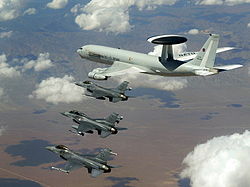
The 2014 Russian annexation of Crimea led to strong condemnation by all NATO members,[33] and was one of the seven times that Article 4, which calls for consultation among NATO members, has been invoked. Prior times included during the Iraq War and Syrian civil war.[34] At the 2014 Wales summit, the leaders of NATO’s member states formally committed for the first time to spend the equivalent of at least two percent of their gross domestic products on defence by 2024, which had previously been only an informal guideline.[35]

At the 2016 Warsaw summit, NATO countries agreed on the creation of NATO Enhanced Forward Presence, which deployed four multinational battalion-sized battlegroups in Estonia, Latvia, Lithuania, and Poland.[36] Before and during the 2022 Russian invasion of Ukraine, several NATO countries sent ground troops, warships and fighter aircraft to reinforce the alliance’s eastern flank, and multiple countries again invoked Article 4.[37][38][39] In March 2022, NATO leaders met at Brussels for an extraordinary summit which also involved Group of Seven and European Union leaders.[40] NATO member states agreed to establish four additional battlegroups in Bulgaria, Hungary, Romania, and Slovakia,[36] and elements of the NATO Response Force were activated for the first time in NATO’s history.[41]
As of June 2022, NATO had deployed 40,000 troops along its 2,500-kilometre-long (1,550 mi) Eastern flank to deter Russian aggression. More than half of this number have been deployed in Bulgaria, Romania, Hungary, Slovakia, and Poland, which five countries muster a considerable combined ex-NATO force of 259,000 troops. To supplement Bulgaria’s Air Force, Spain sent Eurofighter Typhoons, the Netherlands sent eight F-35 attack aircraft, and additional French and US attack aircraft would arrive soon as well.[42] In 2025, Germany stationed a full armoured brigade in Lithuania.[43]
Military operations
Main article: List of NATO operations
Early operations
No military operations were conducted by NATO during the Cold War. Following the end of the Cold War, the first operations, Anchor Guard in 1990 and Ace Guard in 1991, were prompted by the Iraqi invasion of Kuwait. Airborne early warning aircraft were sent to provide coverage of southeastern Turkey, and later a quick-reaction force was deployed to the area.[44]
Bosnia and Herzegovina intervention
Main article: NATO intervention in Bosnia and Herzegovina

The Bosnian War began in 1992, as a result of the breakup of Yugoslavia. The deteriorating situation led to United Nations Security Council Resolution 816 on 9 October 1992, authorizing its member-states to enforce a previously declared no-fly zone under the United Nations Protection Force over central Bosnia and Herzegovina. NATO complied and started enforcing the ban on 12 April 1993 with Operation Deny Flight. From June 1993 until October 1996, Operation Sharp Guard added maritime enforcement of the arms embargo and economic sanctions against the Federal Republic of Yugoslavia. On 28 February 1994, NATO took its first wartime action by shooting down four Bosnian Serb aircraft violating the no-fly zone.[45]
On 10 and 11 April 1994, the United Nations Protection Force called in air strikes to protect the Goražde safe area, resulting in the bombing of a Bosnian Serb military command outpost near Goražde by two US F-16 jets acting under NATO direction.[46] In retaliation, Serbs took 150 U.N. personnel hostage on 14 April.[47][48] On 16 April a British Sea Harrier was shot down over Goražde by Serb forces.[49]
In August 1995, a two-week NATO bombing campaign, Operation Deliberate Force, began against the Army of the Republika Srpska, after the Srebrenica genocide.[50] Further NATO air strikes helped bring the Yugoslav Wars to an end, resulting in the Dayton Agreement in November 1995.[50] As part of this agreement, NATO deployed a UN-mandated peacekeeping force, under Operation Joint Endeavor, named IFOR. Almost 60,000 NATO troops were joined by forces from non-NATO countries in this peacekeeping mission. This transitioned into the smaller SFOR, which started with 32,000 troops initially and ran from December 1996 until December 2004, when operations were then passed onto the European Union Force Althea.[51] Following the lead of its member states, NATO began to award a service medal, the NATO Medal, for these operations.[52]
Kosovo intervention
Main articles: NATO bombing of Yugoslavia and KFOR


In an effort to stop Slobodan Milošević‘s Serbian-led crackdown on KLA separatists and Albanian civilians in Kosovo, the United Nations Security Council passed Resolution 1199 on 23 September 1998 to demand a ceasefire.[53]
Negotiations under US Special Envoy Richard Holbrooke broke down on 23 March 1999, and he handed the matter to NATO,[54] which acted on protecting regional security and started a 78-day bombing campaign on 24 March 1999.[55] Operation Allied Force targeted the military capabilities of what was then the Federal Republic of Yugoslavia. During the crisis, NATO also deployed one of its international reaction forces, the ACE Mobile Force (Land), to Albania as the Albania Force (AFOR), to deliver humanitarian aid to refugees from Kosovo.[56]
The campaign was and has been criticized over its civilian casualties, including the bombing of the Chinese embassy in Belgrade, and over whether it had legitimacy. The US, the UK, and most other NATO countries opposed efforts to require the UN Security Council to approve NATO military strikes, such as the action against Serbia in 1999, while France and some others[specify] claimed that the alliance needed UN approval.[57] The US/UK side claimed that this would undermine the authority of the alliance, and they noted that Russia and China would have exercised their Security Council vetoes to block the strike on Yugoslavia, and could do the same in future conflicts where NATO intervention was required, thus nullifying the entire potency and purpose of the organization. Recognizing the post-Cold War military environment, NATO adopted the Alliance Strategic Concept during its Washington summit in April 1999 that emphasized conflict prevention and crisis management.[58]
Milošević finally accepted the terms of an international peace plan on 3 June 1999, ending the Kosovo War. On 11 June, Milošević further accepted UN resolution 1244, under the mandate of which NATO then helped establish the KFOR peacekeeping force. Nearly one million refugees had fled Kosovo, and part of KFOR’s mandate was to protect the humanitarian missions, in addition to deterring violence.[59] In August–September 2001, the alliance also mounted Operation Essential Harvest, a mission disarming ethnic Albanian militias in the Republic of Macedonia.[60] As of 2023, around 4,500 KFOR soldiers, representing 27 countries, continue to operate in the area.[61]
War in Afghanistan
Main articles: International Security Assistance Force and War in Afghanistan

The September 11 attacks in the United States caused NATO to invoke Article 5 of the NATO Charter for the first time in the organization’s history.[62] The Article states that an attack on any member shall be considered to be an attack on all. The invocation was confirmed on 4 October 2001 when NATO determined that the attacks were indeed eligible under the terms of the North Atlantic Treaty.[63] The eight official actions taken by NATO in response to the attacks included Operation Eagle Assist and Operation Active Endeavour, a naval operation in the Mediterranean Sea designed to prevent the movement of terrorists or weapons of mass destruction, and to enhance the security of shipping in general, which began on 4 October 2001.[44]
The alliance showed unity: on 16 April 2003, NATO agreed to take command of the International Security Assistance Force (ISAF), which included troops from 42 countries. The decision came at the request of Germany and the Netherlands, the two countries leading ISAF at the time of the agreement, and all nineteen NATO ambassadors approved it unanimously. The handover of control to NATO took place on 11 August, and marked the first time in NATO’s history that it took charge of a mission outside the north Atlantic area.[64]

ISAF was initially charged with securing Kabul and surrounding areas from the Taliban, al Qaeda and factional warlords, so as to allow for the establishment of the Afghan Transitional Administration headed by Hamid Karzai. In October 2003, the UN Security Council authorized the expansion of the ISAF mission throughout Afghanistan,[65] and ISAF subsequently expanded the mission in four main stages over the whole of the country.[66]
On 31 July 2006, the ISAF additionally took over military operations in the south of Afghanistan from a US-led anti-terrorism coalition.[67] Due to the intensity of the fighting in the south, in 2011 France allowed a squadron of Mirage 2000 fighter/attack aircraft to be moved into the area, to Kandahar, in order to reinforce the alliance’s efforts.[68] During its 2012 Chicago Summit, NATO endorsed a plan to end the Afghanistan war and to remove the NATO-led ISAF Forces by the end of December 2014.[69] ISAF was disestablished in December 2014 and replaced by the follow-on training Resolute Support Mission.[70]
On 14 April 2021, NATO Secretary General Jens Stoltenberg said the alliance had agreed to start withdrawing its troops from Afghanistan by 1 May.[71] Soon after the withdrawal of NATO troops started, the Taliban launched an offensive against the Afghan government, quickly advancing in front of collapsing Afghan Armed Forces.[72] By 15 August 2021, Taliban militants controlled the vast majority of Afghanistan and had encircled the capital city of Kabul.[73] Some politicians in NATO member states have described the chaotic withdrawal of Western troops from Afghanistan and the collapse of the Afghan government as the greatest debacle that NATO has suffered since its founding.[74][75]
Written by contact@midwayweapons.com
1 thought on “What is NATO?”
-
Pingback: 500 rounds of 223 - Midway Weapons
Leave a Reply Cancel reply
Archives
Categories
Best offers
Join Risk Free
30 days refund
100% Safe
Secure Shopping
24x7 Support
Online 24 hours
Best Offers
Grab Now
Free Shiping
On all order over
Our Reviews

Yankee Tankie
Wow the green tip ammo really takes me back to the GWOT days in Iraq. One thing about these nato penetrator rounds I'd have to say is boy my boys and I did so much unwanted and unconsentual penetrating with these rounds it almost rivaled a slow day on Epstein island. 😆
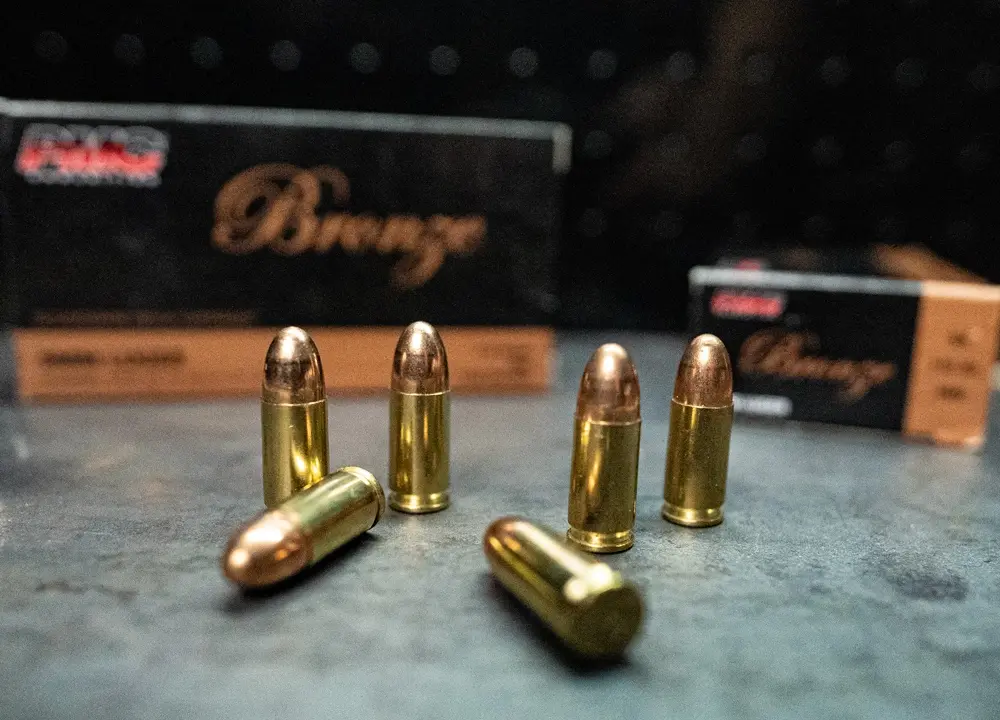
Ricky Overtrue
I have been shooting imi for years. It's clean, reliable and most important accurate. Combine that with lightning fast shipping and you have a winning combination. Thanks Midway Weapons.
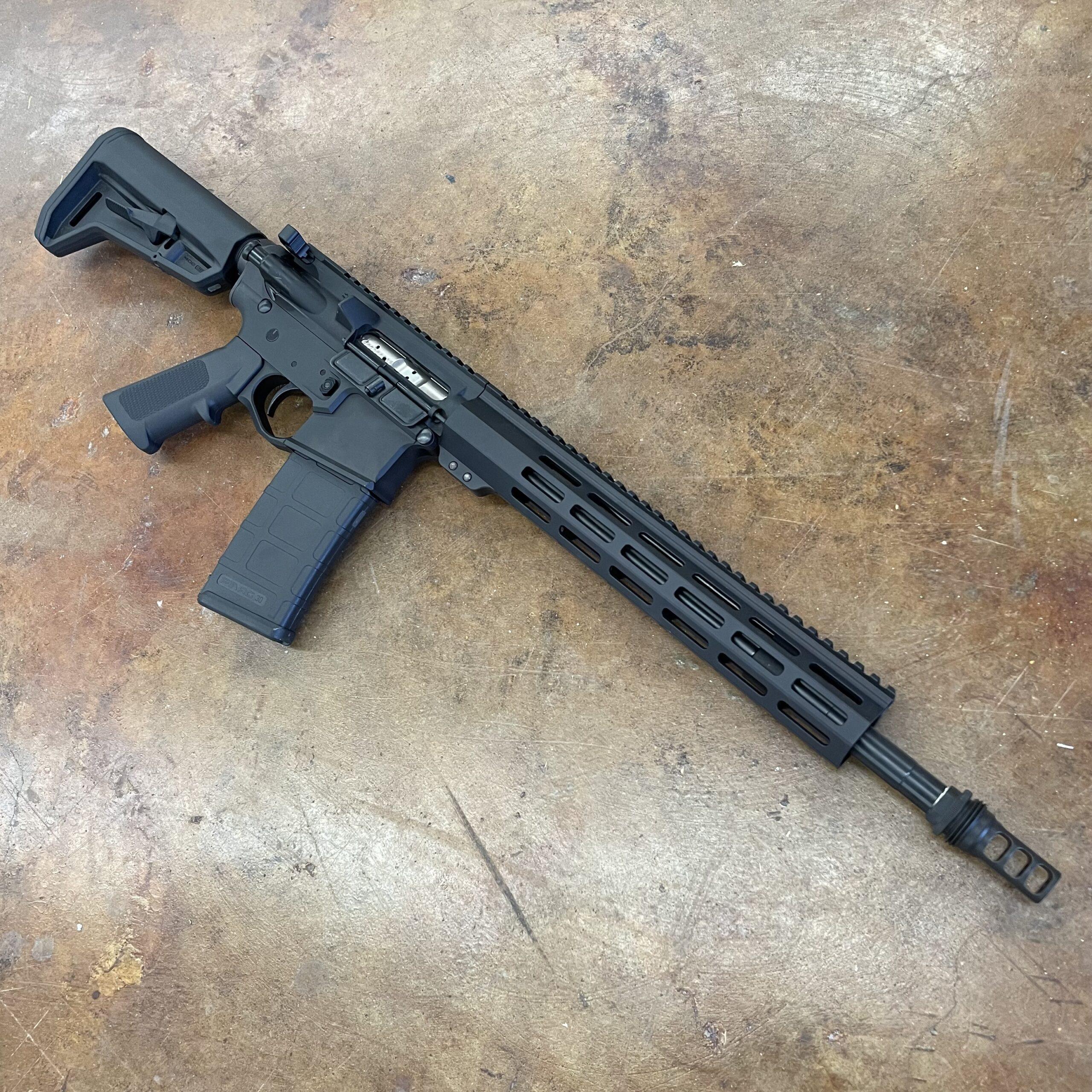
Jake L.
Shot this ammo on a 200 yard range, with an 14.5 inch AR and a red dot. Almost all of the hits were in a 6 by 6 inch target, nicely clustered together. I was quite pleased, since I hardly could see the target
Latest News

